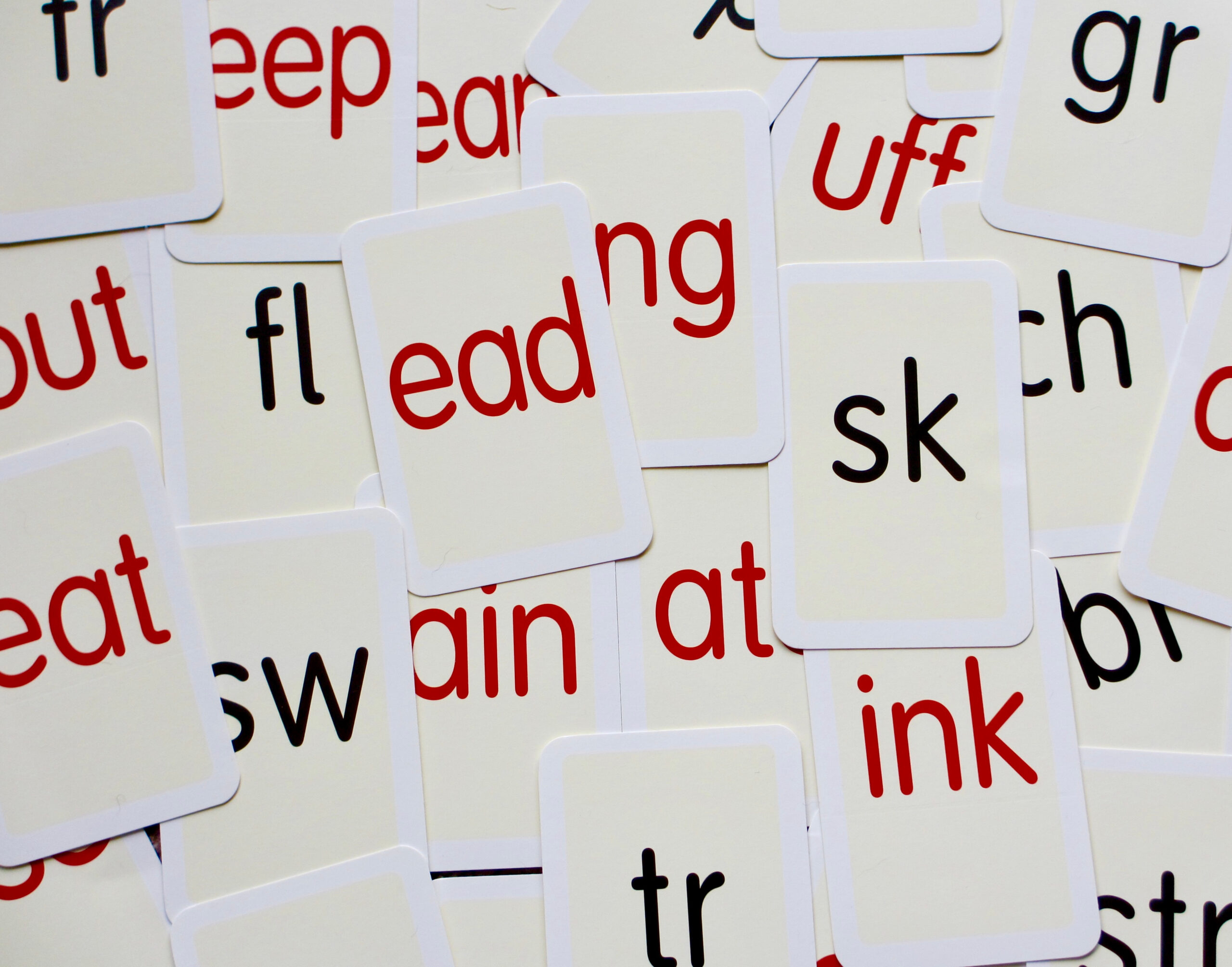Teachers – ever heard of the Reading Wars? In writing a new course on phonics instruction, I was enlightened by brushing up on the history of reading instruction. In my undergraduate and even graduate level education courses, I never studied the background of teaching beginning reading. But now I know, educators and researchers have wrestled with best practices for reading instruction, specifically framed in an ongoing “war” between the methods of “phonics” and “whole language.” I reflect upon my own early reading development and recognize that I was “supported” with a mixture of instructional methods. And for this I am grateful!
In their book,Making Sense of Phonics: the Hows and the Whys, Isabel Beck and Mark Beck, provide a helpful review of the history of reading instruction and proceed to address the controversy by answering these questions (with a full focus on the third):
- When should children be taught to read?
- Where should they be taught to read?
- How should they be taught to read?
To quell your concerns about any actual “reading wars,” it’s important to know that the findings of the National Reading Panel report in 2000 concluded that phonics was the most successful way to teach reading and instruction that included phonics was more effective than instruction that included little or no phonics. Further findings contended that phonics instruction needed to be systematic and explicit.
Today’s view of direct phonics instruction is supported by brain research, accountability, and RTI data. It’s impossible to deny – one powerful key to reading success requires directly teaching letter-sound patterns in a logical order. It starts with understanding phonics as a complex skill with important sub-skills that must be taught and practiced. And it ends with students who have skills to build upon phonemic awareness, word study and phonics, decoding, fluency, and vocabulary – leading to critical comprehension and ultimately reading enjoyment.
If you want to learn or “brush up” on phonics instruction, our new courseFocus on Phonics for Effective Reading, Writing, and Spelling Instructionis a perfect professional development decision. Besides background and reading history lessons, you will connect (or reconnect) with: alphabetic principle; phonemic awareness components; major phonics content and sequencing; letter-sound correspondences; decoding; successive blending; word building; assessment; syllabication; orthography, and automaticity. Whoa – that’s a lot of instructional angles! All respect for well-prepared reading teachers!
Learners Edge is passionately committed to providing you with continuing education coursework, materials, and tools that will help you succeed in your classroom and in your career.
Offering more than 100 print-based or online courses for teachers, you can earn the graduate credit you need for salary advancement and meet your professional development needs. Contact us today to get started!






